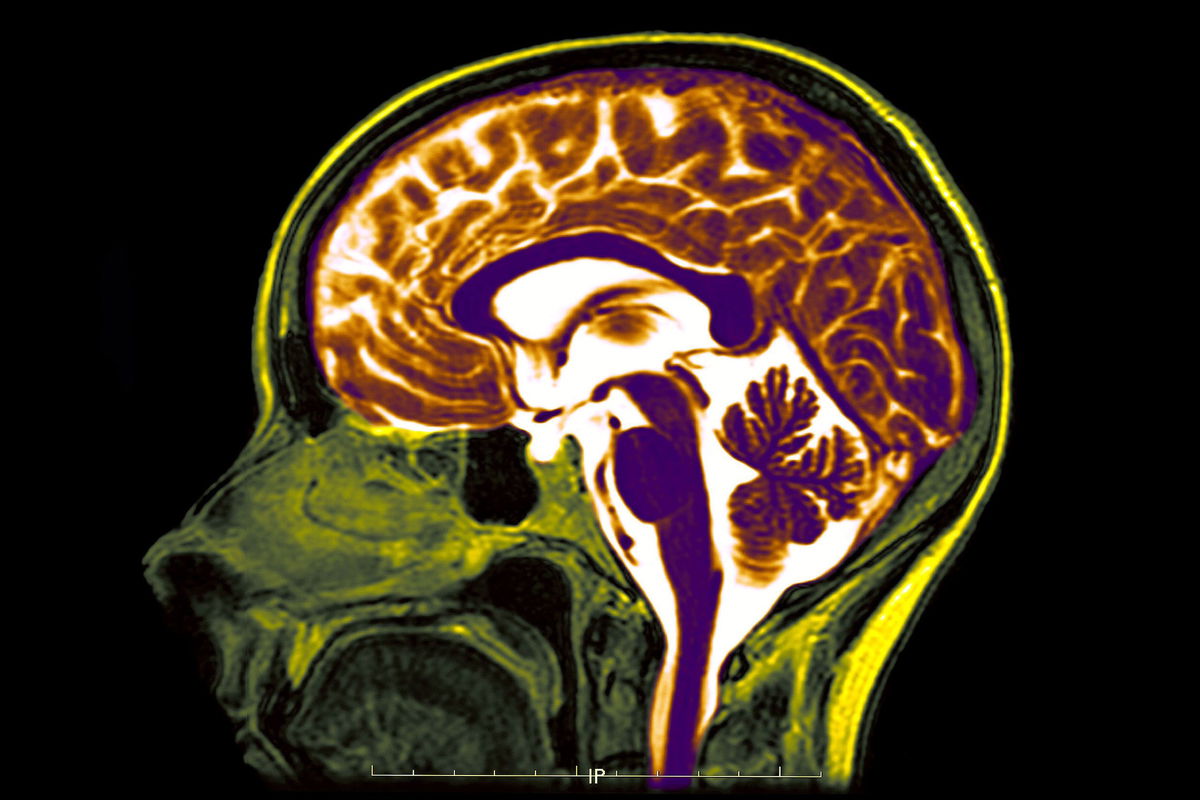What to know about human brain implants

Researchers say that a brain-computer interface will allow a person to use their thoughts to control a device like a computer or a phone.
By Jen Christensen, CNN
(CNN) — Elon Musk’s startup Neuralink implanted a computer chip in a person’s brain on Sunday, he said in a post on his X platform Monday, although he offered few details. Other companies doing similar work are farther along in the research process – for example, Synchron has been enrolling and implanting people in its trial since 2021 – and consumers won’t be able to access the technology any time soon. But if the technology works, it could one day benefit people who are otherwise unable to move or communicate and may have even wider-ranging applications for health. Here’s what to know about brain implants.
What is a human brain implant?
Researchers say that a brain-computer interface will allow a person to use their thoughts to control a device like a computer or a phone.
How does it work?
Doctors implant these kinds of devices on the surface of the brain or deep with in it.
Neuralink’s equipment is about the size of a coin; Synchron’s is a small stent-like device that goes into the blood vessels in the brain. The devices include several electrodes that can’t read a person’s thoughts, but they essentially observe and interpret signals sent by neurons, nerve cells that use electricity and chemicals to send signals from your brain to the rest of your body to help it move, breathe, talk and eat.
“Using the recent advances in computers that came over the last 30 or 40 years, we’ve finally had enough processing power to build and train mathematical algorithms to make estimates of what that information might look like, and we finally have the computing power to make those estimates in real time,” said Dr. Paul Nuyujukian, a professor of bioengineering and neurosurgery who runs the Brain Interfacing Laboratory at Stanford University.
Although the technology is newer, he said, the work builds on basic science on how the brain controls movement that scientists have understood for more than 100 years.
What makes this technology work?
Earlier technology had to be wired to a computer. Neuralinnk’s device runs on a battery that can be charged wirelessly and can communicate wirelessly to the Neuralink application, which decodes the data into action and intent, according to the company. Synchron’s device is connected to a telemetry unit that is hooked up to a computer.
How will these devices be used?
The initial aim is to help someone who has had a stroke or who has a motor degenerative disease like ALS or other physical problems communicate directly through the implant to an outside device like a phone, tablet or computer.
In 2021, Neuralink demonstrated how this worked with a monkey named Pager, who had two of these wireless devices implanted into its brain. The devices allowed Pager to control a cursor with its thoughts and play a game called “mind pong.”
When will these devices be available?
“Nothing in this field happens overnight,” Nuyujukian said. He and other academics have been working on this kind of research for decades, but technical innovation has picked up in the past five to 10 years as more neural engineering companies have gotten into the business.
However, it takes time to get devices like this through the US Food and Drug Administration approval process because “the risk to individual safety is high,” he said. Risks can include bleeding or infections. It often can take 10 to 20 years for a device to get approval, particularly one involving such new technology.
Nuyujukian is confident that the technology will help people in the future, though.
“There’s no reason that this shouldn’t be successful,” he said. “The science is there and sound and has been there for decades, and that gives me a lot of assurance.
“It is doable.”
The-CNN-Wire
™ & © 2024 Cable News Network, Inc., a Warner Bros. Discovery Company. All rights reserved.